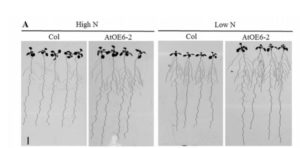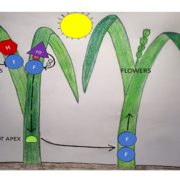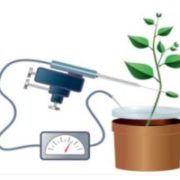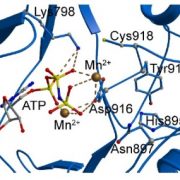Auxin Biosynthesis and Wheat Yield
 In plants, there are two biosynthetic pathways for the production of the plant hormone indole-3-acetic acid (IAA), namely the Trp-dependent and the Trp-independent pathways. Shao et al. () have performed a genome-wide analysis to identify a key gene in wheat that functions in the tryptophan-dependent pathway of IAA biosynthesis, namely Tryptophan Aminotransferase of Arabidopsis1/Tryptophan Aminotransferase-Related (TAA1/TAR).
In plants, there are two biosynthetic pathways for the production of the plant hormone indole-3-acetic acid (IAA), namely the Trp-dependent and the Trp-independent pathways. Shao et al. () have performed a genome-wide analysis to identify a key gene in wheat that functions in the tryptophan-dependent pathway of IAA biosynthesis, namely Tryptophan Aminotransferase of Arabidopsis1/Tryptophan Aminotransferase-Related (TAA1/TAR).
TAR converts Trp to indole-3-pyruvic acid, an intermediate that is then converted by other enzymes to form IAA. Unlike other IAA biosynthesis genes, the overexpression of TAA1/TAR genes does not result in growth defects. By sequence mining together with gene cloning, the authors have identified 15 TaTAR genes in wheat. TaTAR2.1 had the most abundant transcripts among the TaTAR2 genes and was expressed mainly in roots and up-regulated by low nitrogen (N) availability. Knockdown of TaTAR2.1 caused vegetative and reproductive deficiencies and impaired lateral root growth under both high- and low-N conditions. Overexpressing TaTAR2.1-3A in wheat enhanced lateral root branching, plant height, spike number, grain yield, and aerial N accumulation under different N supply levels. In addition, overexpressing TaTAR2.1-3A in Arabidopsis elevated the accumulation of IAA in the primary root tip, lateral root tip, lateral root primordia, cotyledon and hypocotyl. Overexpression of TaTAR2.1-3A also led to an increase in primary root length, lateral root number, and shoot fresh weight under high- and low-N conditions. These results suggest that TaTAR2.1 is critical for wheat growth and also shows potential for genetic engineering with the goal of improving the grain yield of wheat.










Leave a Reply
Want to join the discussion?Feel free to contribute!